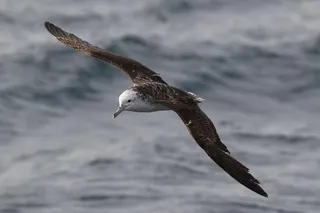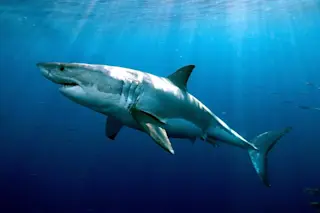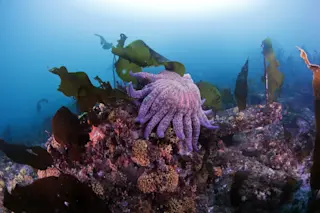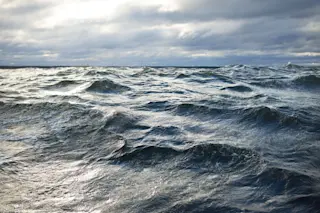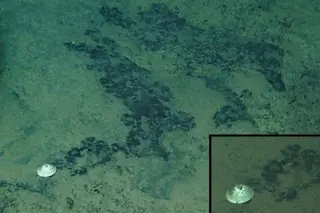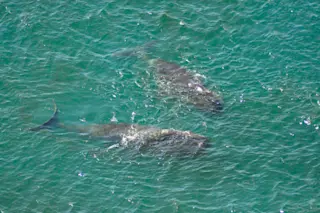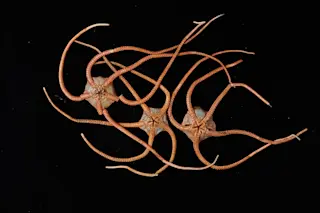Every year hundreds of thousands of marine mammals get entangled in fishing nets and die—so many that harbor porpoises in the Gulf of Maine and bottlenose dolphins off the southeastern coast of the United States may soon disappear. To combat the carnage, a Pennsylvania fishing-gear maker has devised a net that it hopes dolphins and porpoises can sense with sonar and avoid.
The gillnet, created by Atlantic Gillnet Supply, is woven from strands of nylon infused with barium sulfate—“the same material that people getting X rays sometimes have to drink to increase the density of soft tissues,” says biologist Aran Mooney of the Hawaii Institute of Marine Biology. The barium sulfate makes the nets stiffer and denser, so they appear as a relatively solid object to a dolphin or porpoise’s prying sonar. Mooney and his colleagues played recordings of dolphin echolocation clicks underwater and confirmed that the new nets reflect the sounds more effectively than traditional nylon.
If the net works, bottlenose dolphins may be able to detect it at 150 feet; porpoises, with their weaker sonar, should still get an adequate 20 feet of warning. To find out, a half dozen volunteer fishing boats will test the net in the Gulf of Maine this summer. One problem is that the stiffer nets cost 10 to 15 percent more than traditional nets, but the company says they should last 20 percent longer.








